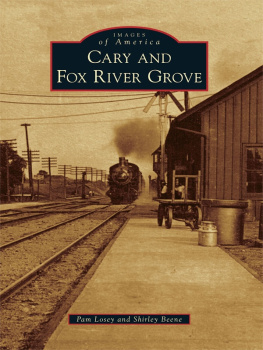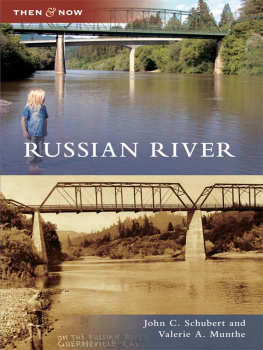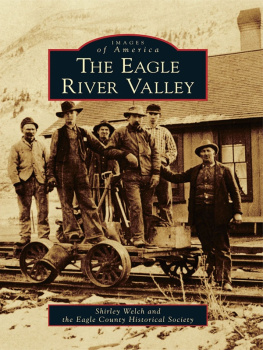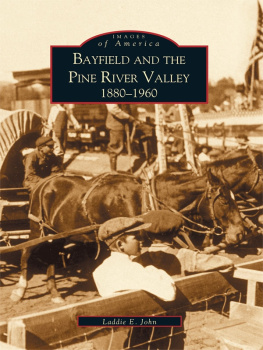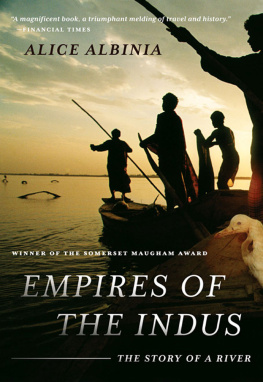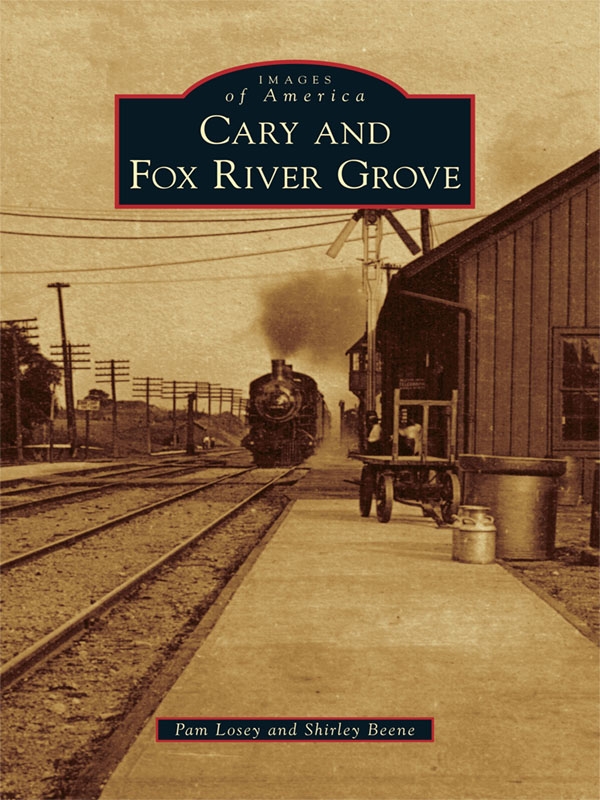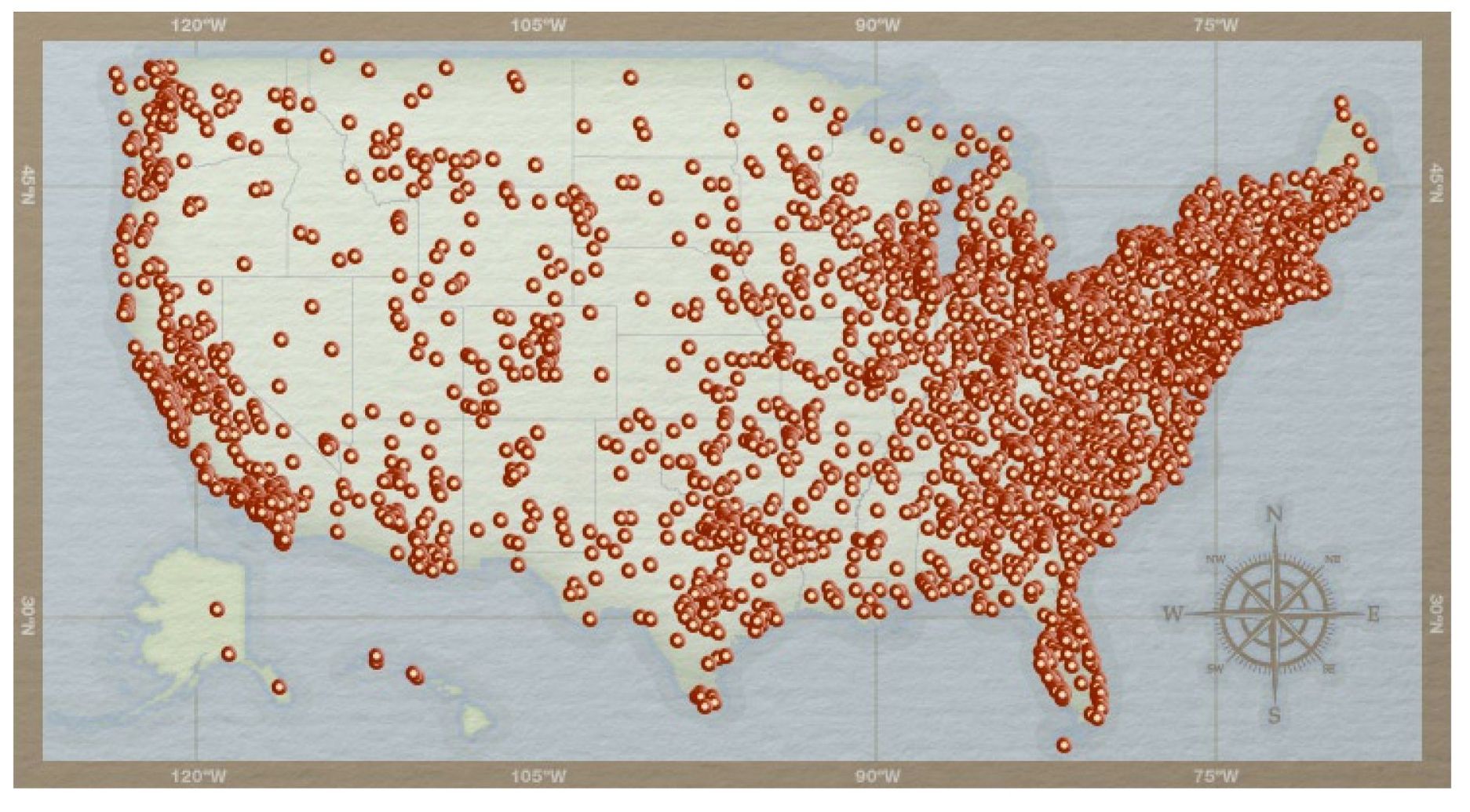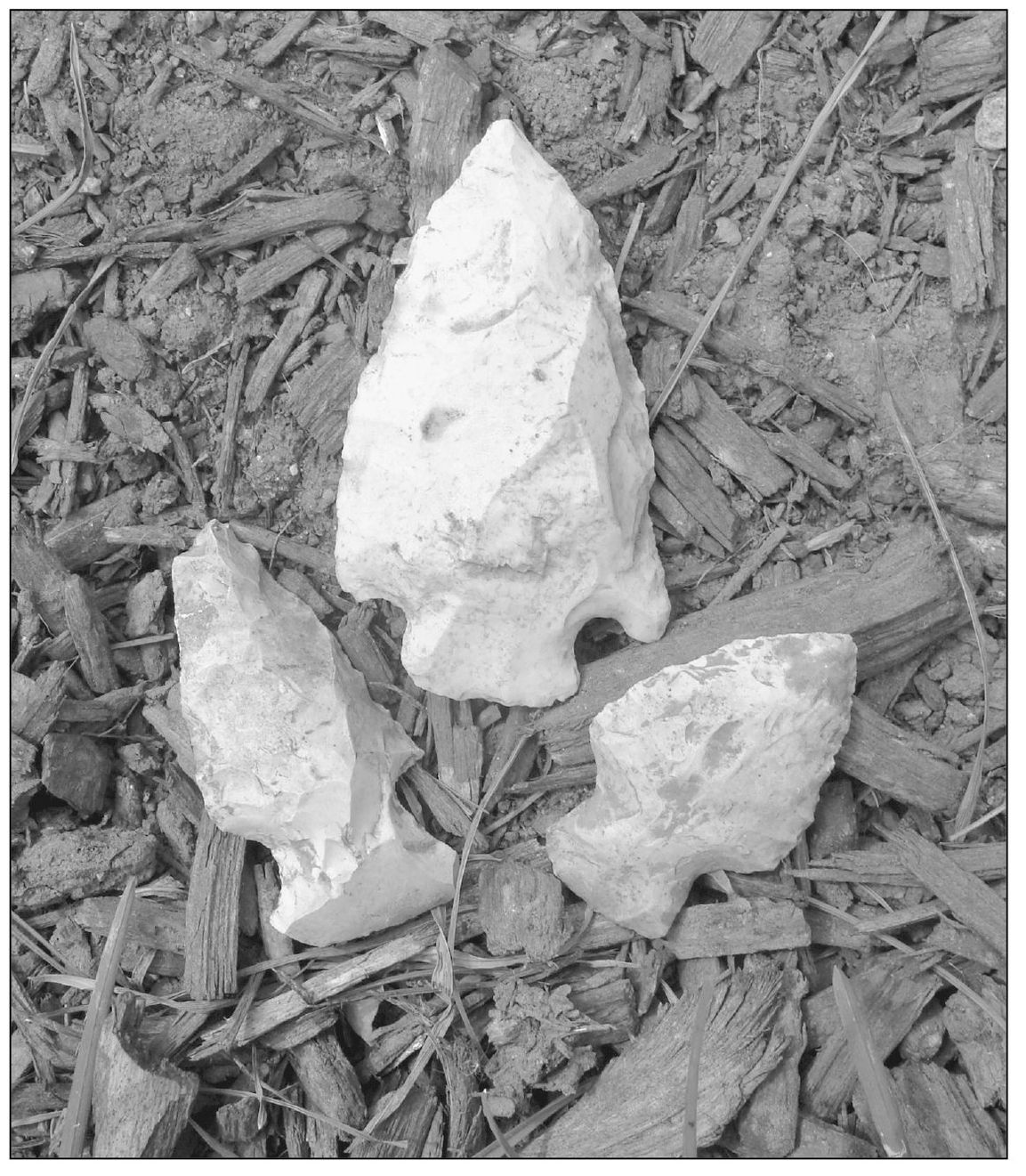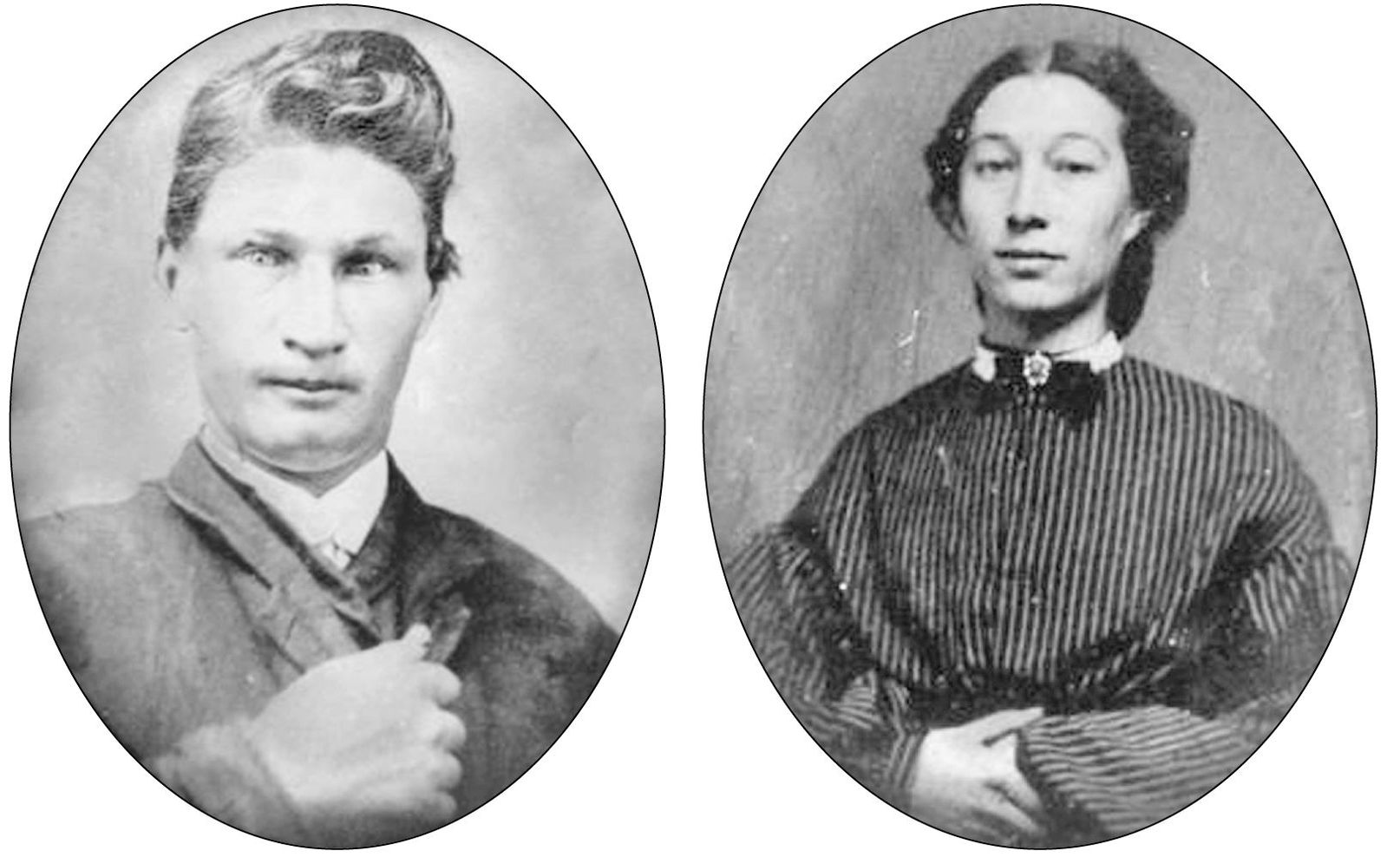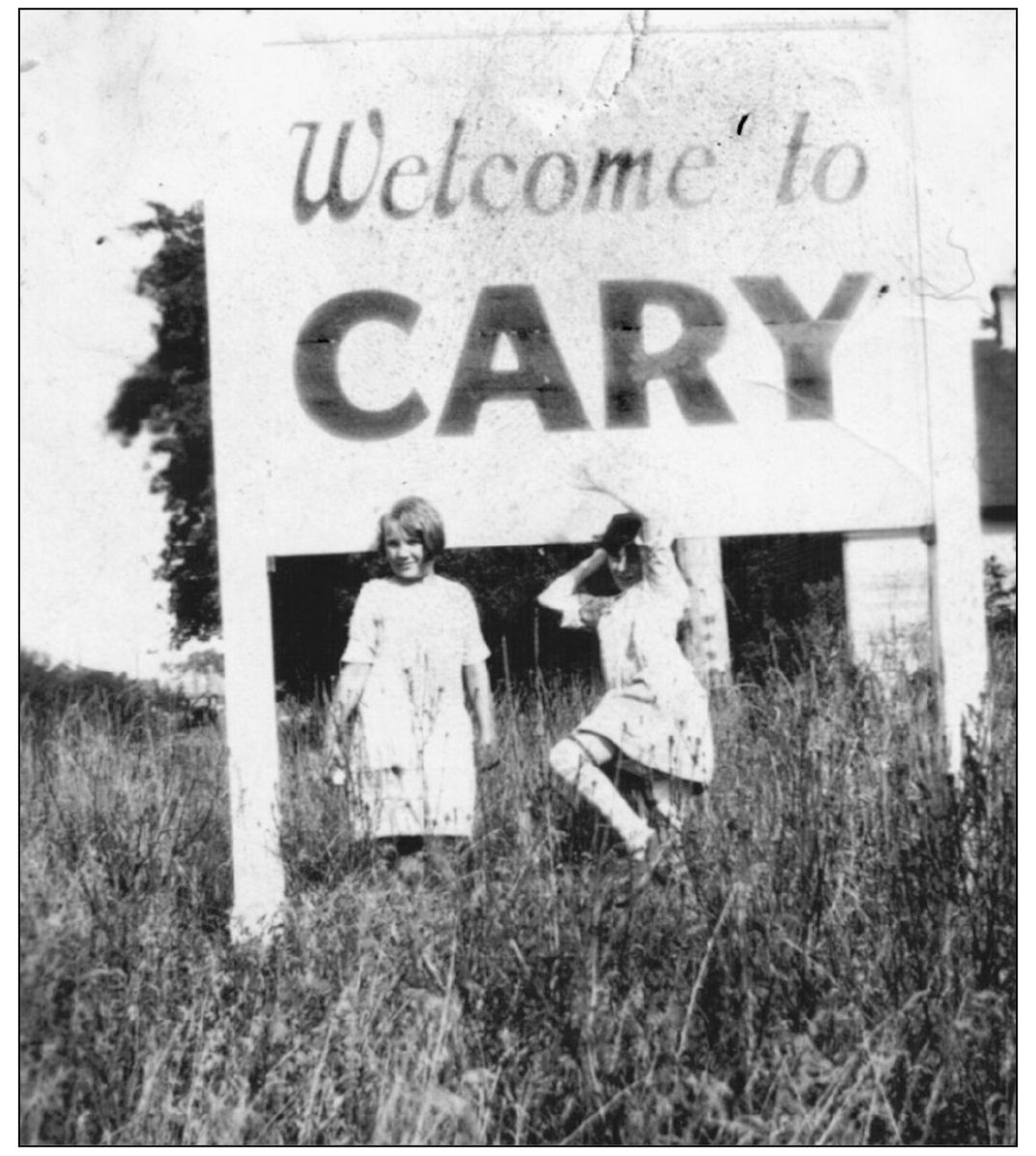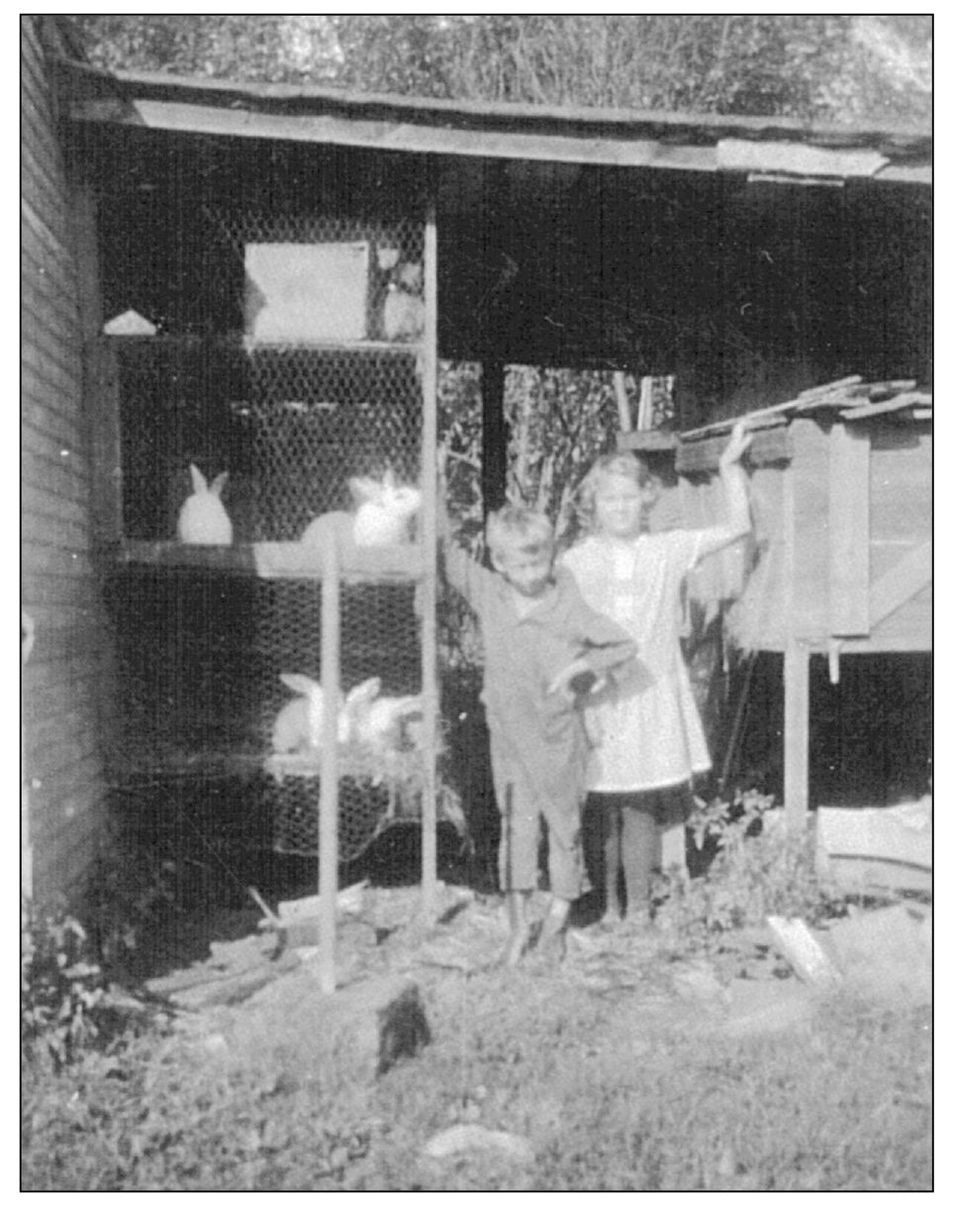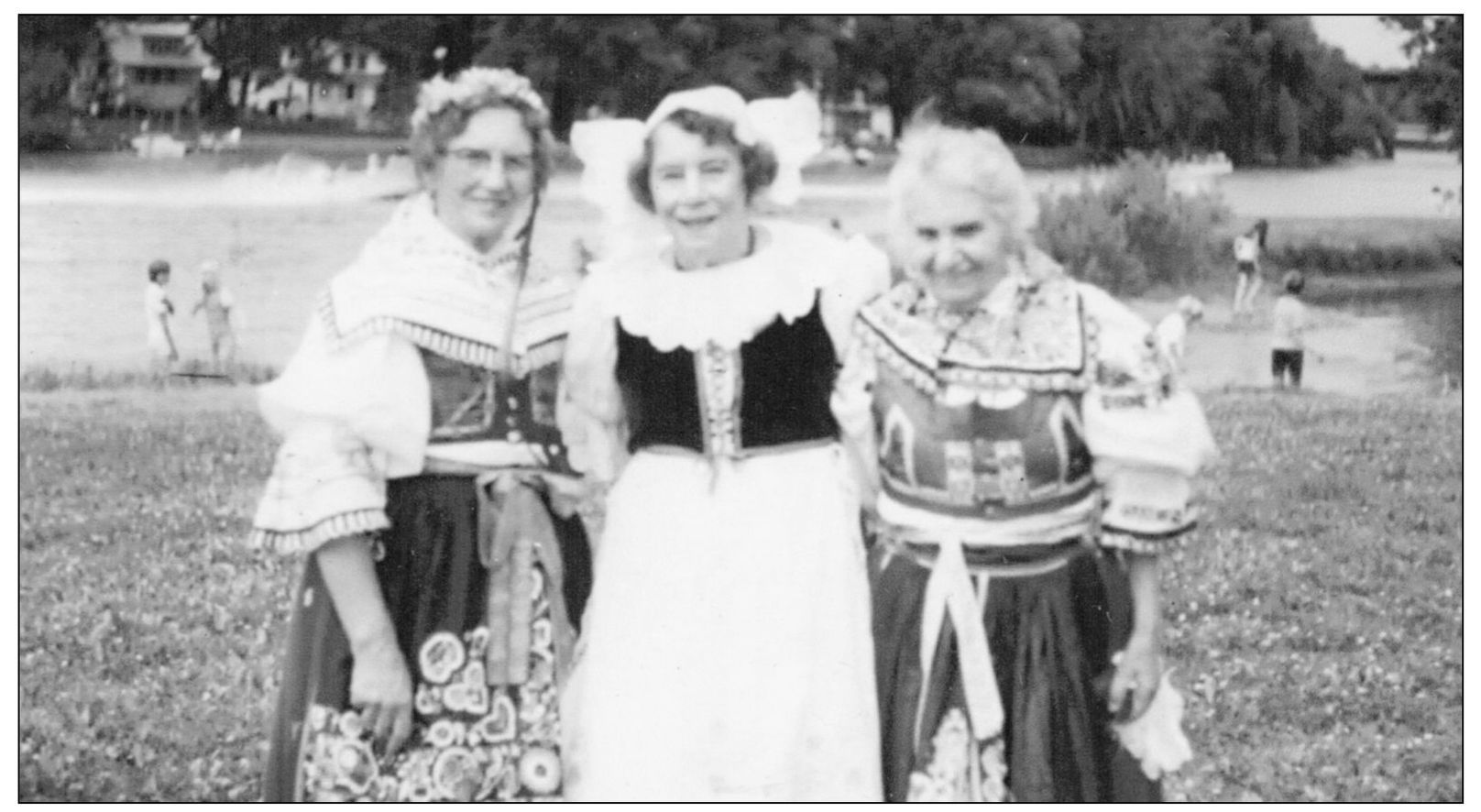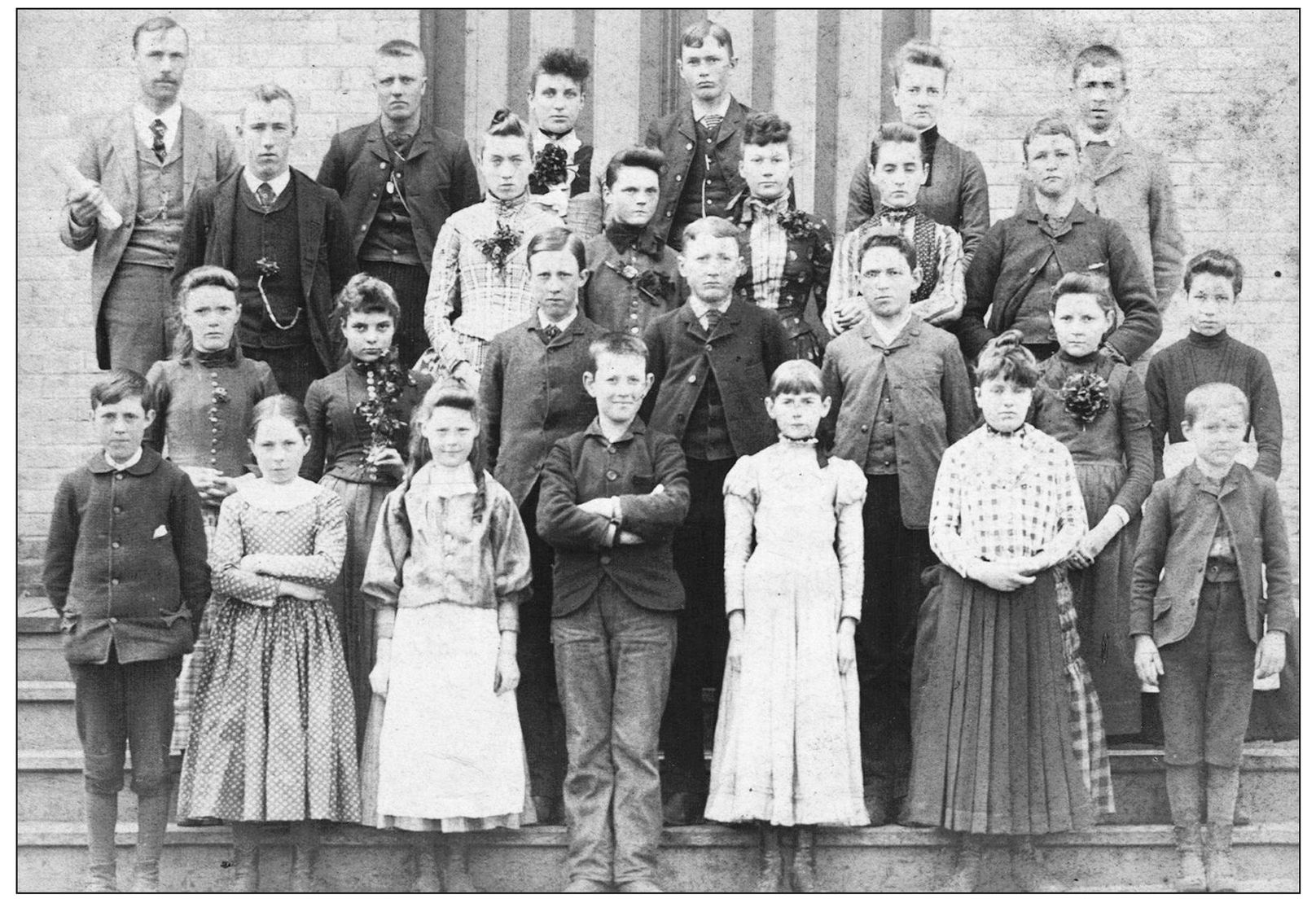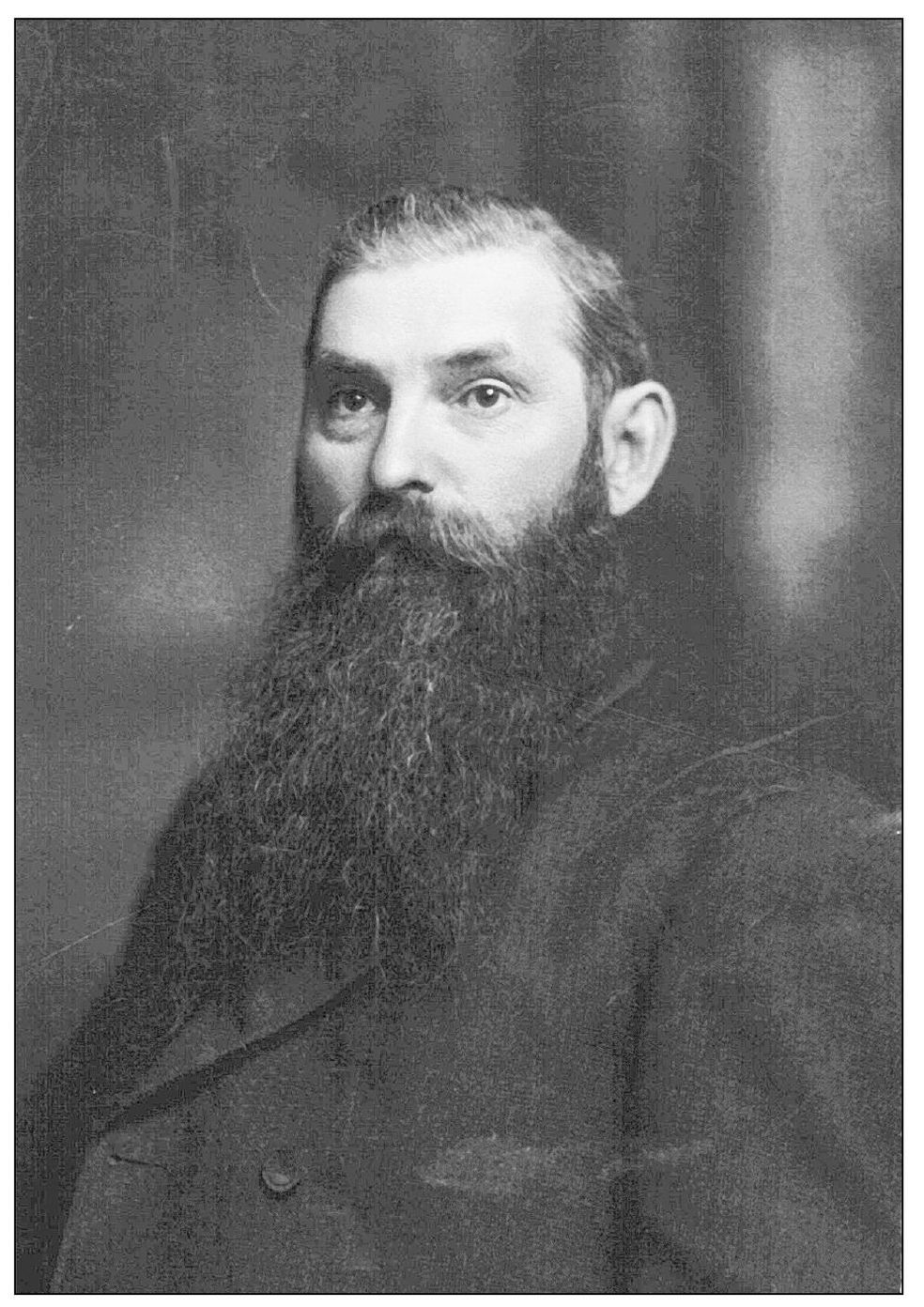Pamela J. Losey - Cary & Fox River Grove
Here you can read online Pamela J. Losey - Cary & Fox River Grove full text of the book (entire story) in english for free. Download pdf and epub, get meaning, cover and reviews about this ebook. year: 2011, publisher: Arcadia Publishing Inc., genre: Home and family. Description of the work, (preface) as well as reviews are available. Best literature library LitArk.com created for fans of good reading and offers a wide selection of genres:
Romance novel
Science fiction
Adventure
Detective
Science
History
Home and family
Prose
Art
Politics
Computer
Non-fiction
Religion
Business
Children
Humor
Choose a favorite category and find really read worthwhile books. Enjoy immersion in the world of imagination, feel the emotions of the characters or learn something new for yourself, make an fascinating discovery.
- Book:Cary & Fox River Grove
- Author:
- Publisher:Arcadia Publishing Inc.
- Genre:
- Year:2011
- Rating:5 / 5
- Favourites:Add to favourites
- Your mark:
Cary & Fox River Grove: summary, description and annotation
We offer to read an annotation, description, summary or preface (depends on what the author of the book "Cary & Fox River Grove" wrote himself). If you haven't found the necessary information about the book — write in the comments, we will try to find it.
Pioneers built homesteads in the Fox River Valley between 1830 and 1850. They were attracted to the area that would become Cary and Fox River Grove by the beautiful scenery, abundance of clear water, and opportunity for waterpower provided by the river. The Fox River was the principle highway for Native Americans and these early settlers. It later attracted many residents of Chicago who spent their summers vacationing along its banks. The river provides outdoor recreational opportunities and is today the busiest waterway in the Midwest. The pages in this book bring to life the people, places, and historic communitiesFox River Grove to the south and Cary to the north, as well as Oakwood Hills and Trout Valleyalong the Fox River.
Pamela J. Losey: author's other books
Who wrote Cary & Fox River Grove? Find out the surname, the name of the author of the book and a list of all author's works by series.

